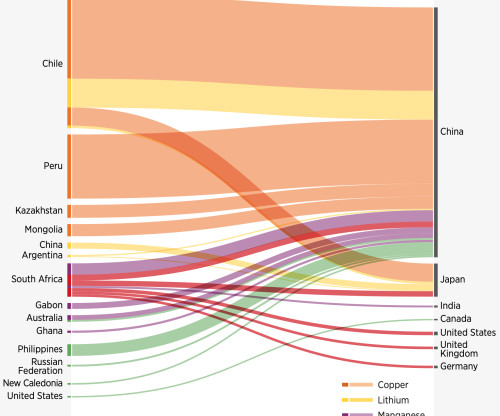Oyster Wave Power Machine Generates Electricity Onshore; Sea Trials Begin This Autumn
Green Car Congress
AUGUST 1, 2009
The oscillator is fitted with pistons and, when activated by wave action, pumps high-pressure water through a sub-sea pipeline to the shore. Onshore, conventional hydroelectric generators convert this high-pressure water into electrical energy. We estimate that the potential size of the market could be in excess of £50 billion.












Let's personalize your content